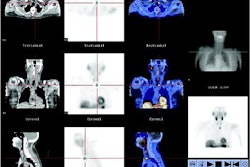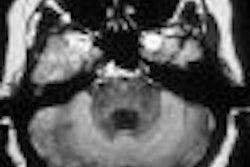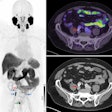Dear Molecular Imaging Insider,
Few tools have proved as effective as SPECT and PET for diagnosing and staging malignancies. Although SPECT can be vulnerable to noise and scatter, it utilizes a wide array of different radiopharmaceuticals, each for uptake in a specific type of tumor. PET, on the other hand, can readily distinguish metabolic tumor activity in tissue, but is limited in the variety of radiopharmaceuticals approved for reimbursement.
Although radionuclide bone scanning has been the gold standard for finding skeletal metastases, some reports indicate that it is less effective than FDG-PET. On the other hand, FDG-PET may be less sensitive than SPECT imaging for some malignancies.
A group of Japanese researchers recently ran a modality-to-modality comparison of PET and SPECT in an effort to determine the most effective technology for tracking the spread of metastases in breast cancer patients.
Not surprisingly, the group found that each modality had its plusses and minuses. Although not explicitly recommending the use of both technologies for breast cancer patients, the team noted that SPECT is better for assessing bone destruction by tumor cells, while PET detects metabolic activity of tumor cells.
In the second part of our Molecular Imaging Insider Exclusive, by staff writer Shalmali Pal, French investigators tested three gamma probes for sentinel lymph node detection in breast cancer patients. Their original hypothesis was that the type of probe would not affect axillary sentinel lymph node detection, but the research data produced some surprising results.
As a Molecular Imaging Insider subscriber, you have access to this story before it's published for the rest of our AuntMinnie.com members. To read more about the role of gamma cameras and gamma probes in tracking the spread of breast cancer, click here.
In addition, if you haven't done so this month, be sure to stop in and take a look at our online reference book, Nuclear Medicine on the Internet, by clicking here. Dr. Williams has updated nine chapters for April, covering subjects from technetium-labeled cardiac SPECT imaging to meta-iodobenzylguanidine adrenal imaging.
Finally, if there's any aspect of molecular imaging you'd like to see covered on AuntMinnie, or you have a comment or suggestion about the field, please contact me. I look forward to hearing from you.




















